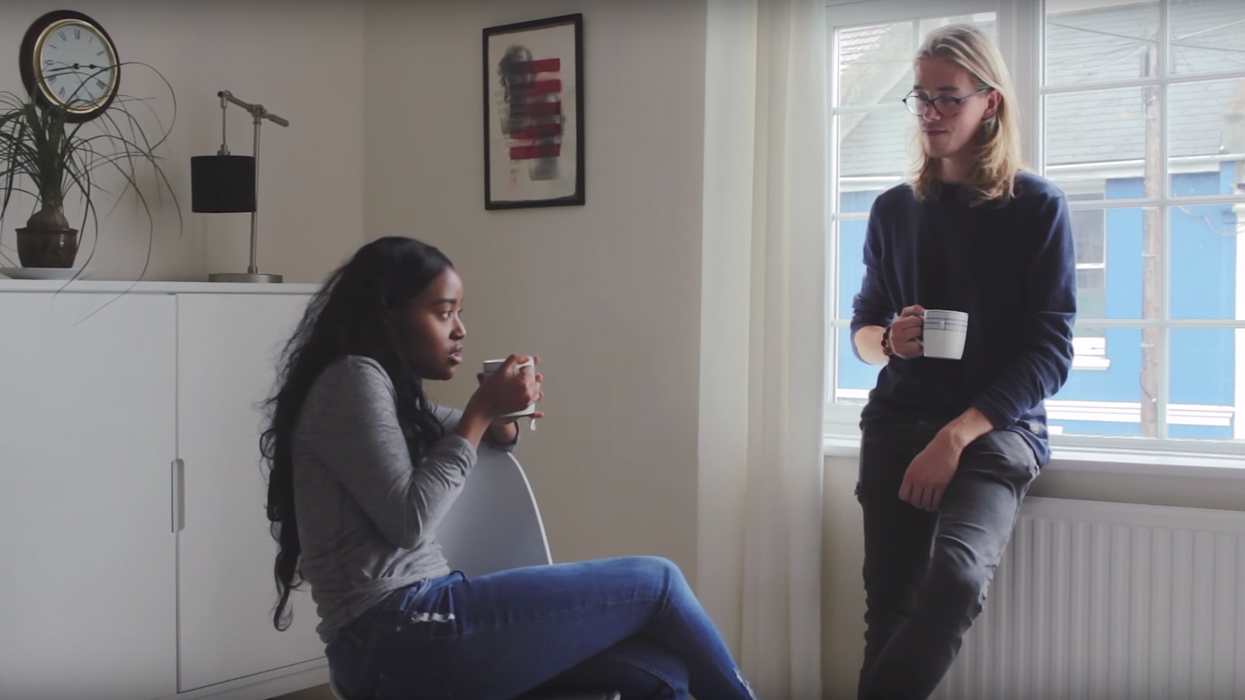Budget Cinematography: What Really Makes a Difference in the Quality of Your Image
Expensive cameras and fancy lighting setups aren't necessarily required to capture beautiful, high-quality footage.

Being a no-budget filmmaker, it's easy to fawn over all of the pricey gadgets and film equipment used in some of your favorite films. However, if what you're really admiring is the quality of the images and sound, you don't really need an ARRI Alexa or MōVI M5 stabilizer to get your own images close to their level. In this video, Simon Cade of DSLRguide shows you how he managed to capture cinematic images using the cheapest camera, audio, and lighting setups possible. Check it out below:
With a complete filmmaking setup that costs less than $540, Cade managed to shoot footage that looks pretty damn good. Here's what he used:
- Canon T3i camera ($200)
- Canon EF-S 24mm f2.8 lens ($150)
- String "tripod" (free)
- RØDE VideoMicro microphone ($59)
- Tascam DR-05 external recorder ($99)
- RØDE VC-1 cable ($12)
- "Broom pole boom pole" (free)
- Light fixture with clamp ($12)
- 40W light bulb ($3)
- Towels (free)
- Garbage bags (free)
This challenge not only shows us how little money you actually have to spend to get decent quality footage, but it also shows us what really matters when creating cinematic images.
Yes, your camera and lens play a big role in image quality, but lighting was, is, and always will be the true champion of production value. As you can see in the video, shaping light is crucial to creating the look of your scene. If you simply stick your subjects in front of a bright light or window, areas of your shot are probably going to be blown out. That's a classic novice mistake. Flagging off unwanted light, using diffusion material, or just moving your subjects further from a harsh (and unavoidable) light source can mean the difference between a shot that is beautiful and professional and one that looks like total garbage.
So, if you don't have much of a budget to get your filmmaking career off the ground, that's okay. You really don't need that much money. In fact, what you do need is some knowledge of how to control light, because once you're able to you can seriously increase your film's production value to the point that no one will know (or care) that it was shot on a $200 camera.
Source: DSLRguide













